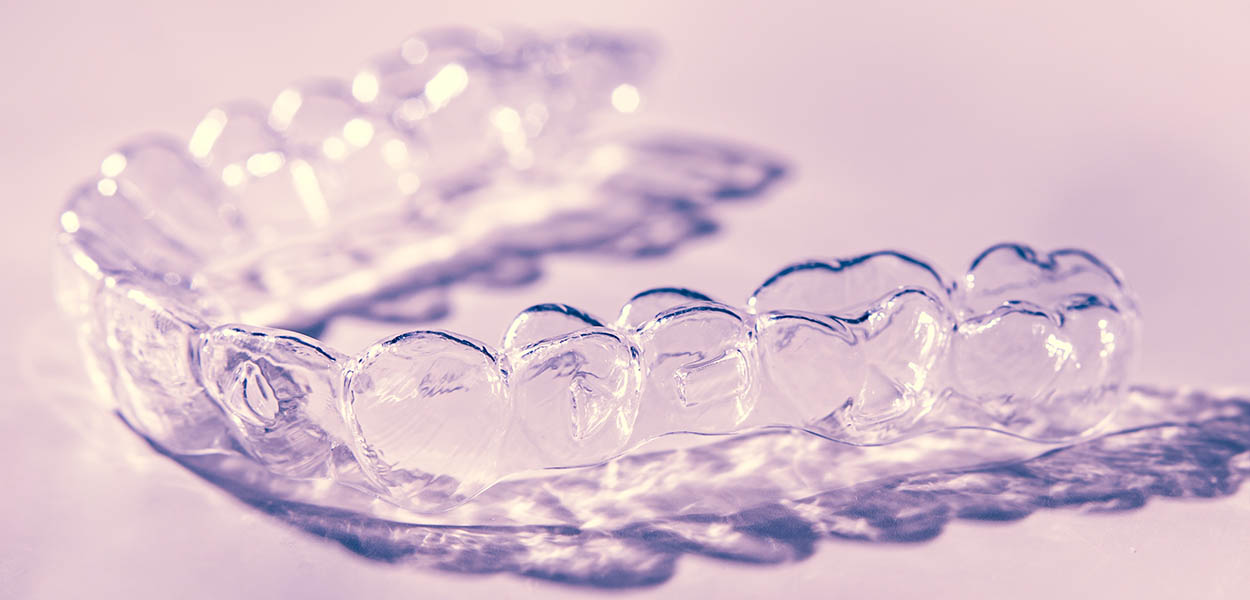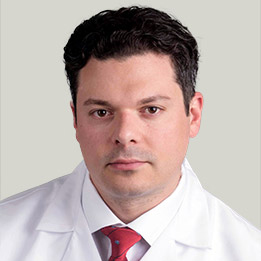Studies Show Invisalign May Not Live Up to Hype

Grayslake, IL – When it comes to straightening your smile and improving your bite, there is a lot that goes into it. Careful scientific planning must be involved in every single treatment plan for every single patient. Orthodontics can never be a one size fits all solution, because every patient presents with a unique smile. That means the planning to treat that smile must also be unique.
“We see many patients asking about clear aligners, and Invisalign specifically,” says Dr. Michael Stosich. “Invisalign has done a tremendous marketing job, and most consumers have probably heard the name. Its perks seem hard to beat – comfortable, removable and invisible, but it’s always important to pull back the curtain to see what is really there.”
And unfortunately, study after study continues to show us that Invisalign may not be the right option.
While Align Technology has made some advances, the effectiveness of their aligners is still controversial. While aligners may be able to provide straight results that are visible to the eye, there are other more nuanced movements that, while you may not notice right away, are crucial to an ideal smile that Invisalign may not be able to accomplish. These include adequate occlusal contacts (the points where your teeth meet), as well as controlling teeth torque and retention.
When Invisalign was first introduced, it was used mainly to treat moderate issues. But as the technology has progressed, it is now advertised to be able to treat more severe malocclusions, and with the same results as traditional braces. However, the results are less accurate than those achieved using fixed systems, as this review that analyzed the results of many different studies affirms.
“One of the issues with Invisalign is that almost anyone can offer it as a treatment option,” says Dr. Stosich. “In essentially the course of a weekend, a dental provider can become an Invisalign provider. This is alarming for a number of reasons, but first of which is that people who may not be trained in the science of moving teeth are using Invisalign.”
These providers may be adept at starting your treatment, but what if an unexpected situation occurs during treatment? Are these providers trained in how to adapt treatment, or even how to recognize when something out of the ordinary arises?
These are all reasons why the American Association of Orthodontists exists – to protect patients and ensure that that they receive the very best care possible.
No two patients are alike – no jaw structures or bites are the same. This means that the learning curve associated with any treatment is significant. Traditional bracket and wire braces are able to both push and pull teeth, whereas Invisalign is only able to push the teeth. That makes it a different sort of appliance altogether. Orthodontists have a unique and in-depth understanding of how teeth move, giving them the ability to create the most thorough and personalized treatment plans that can assure safe and lasting results.
Sometimes, the treatment a patient wants isn’t the most ideal to suit their needs. This is many times the case with Invisalign. The perks of Invisalign are appealing for sure, but if it can’t provide the same results as other treatment options, and is often more expensive than other treatments, are those perks worth it?
Dr. Stosich has extensive experience treating patients using a variety of treatment options, including Invisalign. Not only is he a board certified orthodontist, he spent seven years at top research universities studying how to move teeth through bone as efficiently as possible. When it comes to your smile, be sure you are choosing experience over hype.


